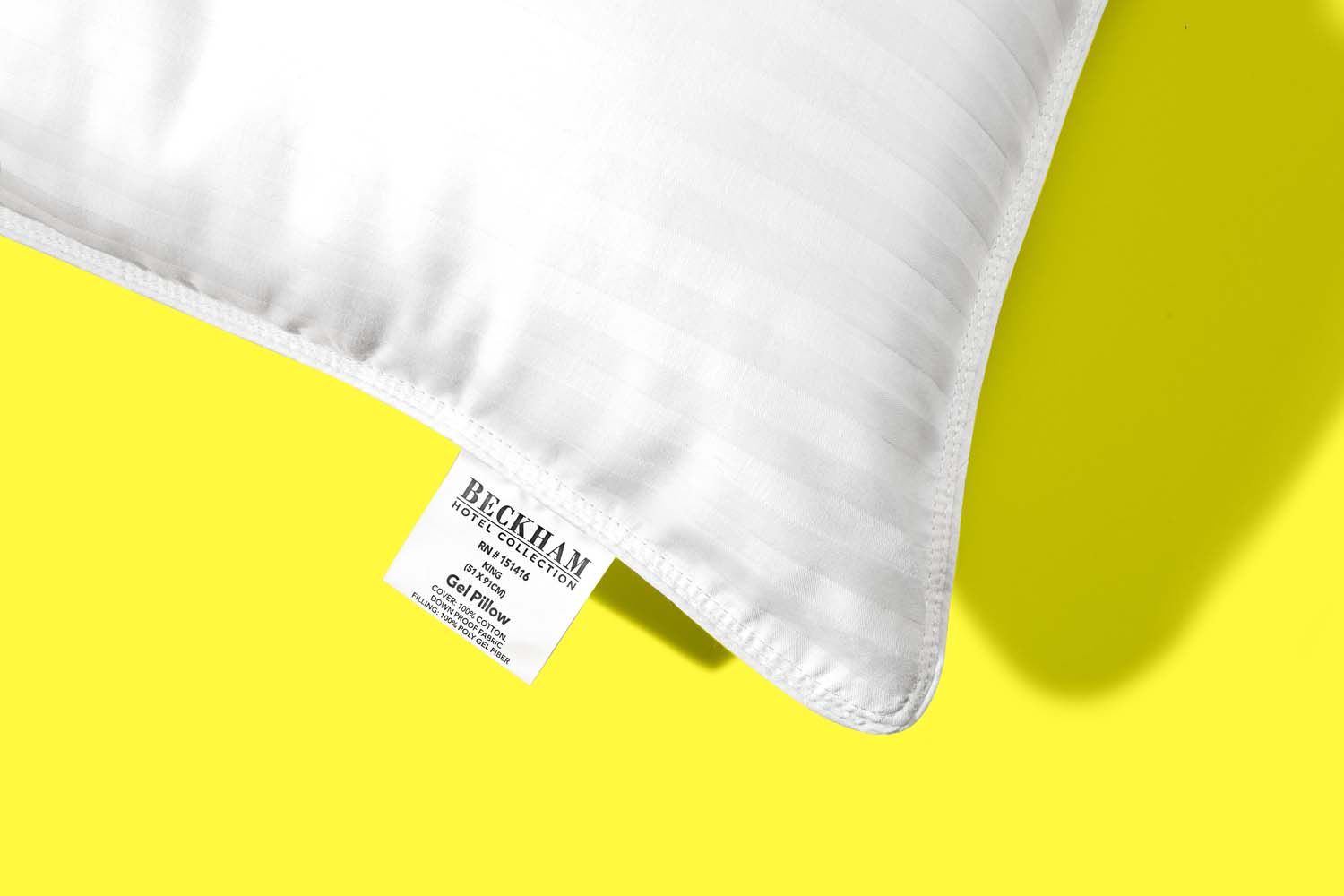Home>Furniture & Design>Bathroom Accessories>Why Is Eating Oranges In The Bathtub Illegal


Bathroom Accessories
Why Is Eating Oranges In The Bathtub Illegal
Published: February 19, 2024
Discover why eating oranges in the bathtub is illegal and find the best bathroom accessories to elevate your bathing experience. Explore our range of products now!
(Many of the links in this article redirect to a specific reviewed product. Your purchase of these products through affiliate links helps to generate commission for Storables.com, at no extra cost. Learn more)
Introduction
Eating oranges in the bathtub might seem like a harmless and refreshing way to unwind, but did you know that in some places, it's actually considered illegal? This peculiar prohibition has sparked curiosity and raised eyebrows, leaving many to wonder why such a seemingly innocent act could be deemed unlawful. As we delve into the history, potential dangers, and legal implications of bathtub orange eating, we'll uncover the intriguing reasons behind this unexpected prohibition.
The act of enjoying a juicy orange while soaking in a relaxing bath has been a source of pleasure for many individuals. The combination of the citrus aroma, the soothing warmth of the water, and the refreshing taste of the fruit creates a sensory experience that is cherished by bath enthusiasts. However, the seemingly innocuous practice has garnered attention for reasons beyond mere enjoyment.
As we explore the topic of bathtub orange eating, we'll unravel the historical context that led to the establishment of this prohibition. Additionally, we'll shed light on the potential hazards associated with consuming oranges in the bathtub and the legal implications that have arisen from this unconventional activity. Join us on this intriguing journey as we uncover the surprising reasons behind the prohibition of eating oranges in the bathtub.
Key Takeaways:
- Enjoying oranges in the bathtub may seem fun, but it’s illegal in some places due to safety and hygiene concerns. Slippery surfaces and attracting pests are real risks!
- Eating oranges in the bathtub can lead to accidents, messy tubs, and hygiene issues. It’s not just a quirky rule—it’s about keeping bathing environments safe and clean.
Read more: Why Are Heirloom Seeds Illegal
The History of Bathtub Orange Eating
The tradition of enjoying a relaxing bath dates back centuries, with various cultures embracing the practice as a means of physical and mental rejuvenation. Similarly, the consumption of oranges has been intertwined with cultural customs and rituals across different regions of the world. However, the convergence of these two activities—bathing and orange consumption—has led to an unexpected historical narrative.
The origins of the prohibition against eating oranges in the bathtub can be traced back to the early 20th century. During this time, the popularity of citrus fruits, particularly oranges, surged in tandem with advancements in transportation and trade. Oranges became synonymous with freshness, vitality, and a healthy lifestyle, leading to their widespread consumption in various settings.
As the practice of bathing evolved from a mere hygienic ritual to a leisurely activity, individuals sought to enhance their bathing experiences. The idea of indulging in a juicy orange while soaking in a tub gained traction, especially among those who valued self-care and relaxation. The combination of the invigorating citrus scent and the tactile pleasure of peeling and consuming an orange in the bath became a cherished ritual for many.
However, the convergence of these two activities did not escape the attention of public health officials and regulatory authorities. Concerns arose regarding the potential hygiene and safety implications of consuming food, particularly juicy and sticky fruits, in an environment where personal cleanliness was paramount. This led to the introduction of regulations and, in some cases, outright prohibitions against eating oranges in the bathtub.
The historical context surrounding the prohibition of bathtub orange eating reflects a convergence of cultural, hygienic, and regulatory factors. While the act itself may have originated from a place of leisure and sensory indulgence, it inadvertently intersected with public health and sanitation concerns, prompting the establishment of rules and restrictions.
The historical narrative of bathtub orange eating serves as a fascinating intersection of personal rituals, cultural practices, and public health considerations. It underscores the intricate relationship between seemingly innocuous activities and the broader societal and regulatory frameworks that shape our daily lives.
The Dangers of Bathtub Orange Eating
The seemingly delightful act of consuming oranges in the bathtub carries unforeseen risks that have prompted regulatory concerns and prohibitions in certain jurisdictions. While the combination of a relaxing bath and a juicy orange may appear innocuous, several potential dangers lurk beneath the surface.
One of the primary hazards associated with bathtub orange eating is the heightened risk of accidents and injuries. Bathing environments, characterized by slippery surfaces and limited mobility, pose a precarious setting for consuming food. Handling a juicy orange while immersed in water can lead to slippery hands and increased likelihood of accidental slips or falls. The potential consequences of such mishaps range from minor injuries to more severe incidents, posing a genuine safety concern.
Moreover, the act of peeling and consuming an orange in the bathtub introduces the risk of creating a mess that extends beyond mere inconvenience. The sticky residue from the fruit, combined with water and soap, can result in slippery and difficult-to-clean surfaces, further amplifying the risk of accidents. Additionally, the presence of citrus oils and juices in the bathwater may compromise the integrity of the tub's surface, potentially leading to deterioration and maintenance issues over time.
Beyond the immediate safety and cleanliness implications, the consumption of oranges in the bathtub raises concerns related to hygiene and sanitation. Bathing environments, despite their association with cleanliness, are not conducive to food consumption due to the potential for cross-contamination and compromised hygiene. The introduction of food particles and residues into the bathwater can create an environment ripe for bacterial growth and contamination, undermining the very purpose of personal hygiene and relaxation.
Furthermore, the act of consuming oranges in the bathtub may inadvertently attract pests and insects, drawn to the scent and remnants of the fruit. This not only disrupts the tranquility of the bathing experience but also introduces potential health and sanitation risks.
In light of these dangers, it becomes evident why regulatory authorities and public health officials have expressed reservations about the practice of bathtub orange eating. The convergence of slippery surfaces, hygiene concerns, and potential safety hazards has prompted the implementation of regulations and, in some cases, legal restrictions to mitigate the risks associated with this seemingly innocuous activity.
Check the local laws and regulations before consuming food in unusual places. Some places may have specific rules about eating in certain areas for safety or hygiene reasons.
Legal Ramifications
The practice of consuming oranges in the bathtub, while seemingly innocuous, has led to unexpected legal considerations and regulatory actions in various jurisdictions. The convergence of personal indulgence and potential hazards has prompted authorities to address the implications of bathtub orange eating through legal means.
In regions where prohibitions or regulations against bathtub orange eating exist, individuals may face legal consequences for disregarding these restrictions. While the enforcement and severity of such measures vary, the underlying rationale remains rooted in public health, safety, and sanitation concerns. Violating these regulations may result in fines, warnings, or other legal repercussions, underscoring the significance of adhering to established norms and regulations.
The legal ramifications of bathtub orange eating extend beyond individual actions to encompass broader implications for public spaces and establishments. In settings such as hotels, spas, and public bathing facilities, regulations pertaining to food consumption in bathing areas are often strictly enforced to maintain hygiene standards and mitigate potential risks. Failure to comply with these regulations can lead to legal liabilities for businesses and establishments, necessitating diligent adherence to established guidelines.
Furthermore, the existence of legal restrictions on bathtub orange eating serves as a testament to the interconnected nature of personal behaviors and regulatory frameworks. It highlights the role of legislation in addressing unconventional activities that intersect with public health and safety considerations. By acknowledging the legal ramifications associated with bathtub orange eating, individuals and businesses can navigate these regulations with awareness and compliance, thereby contributing to a safer and more hygienic bathing environment.
The legal landscape surrounding bathtub orange eating underscores the multifaceted nature of regulatory oversight and the need to balance personal freedoms with communal well-being. While the prohibition of this activity may initially appear perplexing, it reflects the conscientious efforts to uphold standards of cleanliness, safety, and public health within bathing environments. Understanding and respecting the legal ramifications of bathtub orange eating is essential for fostering a harmonious coexistence between individual preferences and societal regulations.
The legal considerations surrounding bathtub orange eating prompt a reflection on the broader implications of seemingly innocuous activities within regulated spaces. By recognizing the legal ramifications and the underlying motivations driving such regulations, individuals can navigate these boundaries with mindfulness and contribute to the preservation of safe and hygienic bathing environments.
Conclusion
In conclusion, the prohibition of eating oranges in the bathtub encompasses a rich tapestry of historical, safety, and legal considerations. What may initially appear as a whimsical or arbitrary restriction reveals itself to be rooted in a complex interplay of cultural practices, public health concerns, and regulatory frameworks.
The historical context of bathtub orange eating unveils the convergence of personal rituals and societal regulations, shedding light on the unexpected intersections that shape our daily lives. The act of consuming oranges in the bathtub, once a cherished indulgence, inadvertently intersected with public health and sanitation concerns, prompting the establishment of rules and restrictions.
Furthermore, the potential dangers associated with bathtub orange eating, ranging from safety hazards to hygiene implications, underscore the multifaceted risks inherent in this seemingly innocuous activity. Slippery surfaces, cleanliness compromises, and the risk of attracting pests all contribute to the rationale behind regulatory actions and legal restrictions.
The legal ramifications of bathtub orange eating serve as a reminder of the intricate balance between personal freedoms and communal well-being. By acknowledging and respecting the legal implications, individuals and establishments can contribute to the preservation of safe and hygienic bathing environments, thereby fostering a harmonious coexistence between individual preferences and societal regulations.
Ultimately, the prohibition of eating oranges in the bathtub transcends its surface-level peculiarity to reveal a nuanced tapestry of historical, safety, and legal dimensions. Understanding the reasons behind this prohibition invites us to consider the broader implications of seemingly innocuous activities within regulated spaces, prompting a thoughtful reflection on the delicate equilibrium between personal practices and communal standards.
As we navigate the intricacies of this prohibition, we are reminded of the intricate web of regulations, traditions, and safety considerations that shape our interactions with everyday activities. The prohibition of bathtub orange eating serves as a compelling testament to the multifaceted nature of regulatory oversight and the conscientious efforts to uphold standards of cleanliness, safety, and public health within bathing environments.
Frequently Asked Questions about Why Is Eating Oranges In The Bathtub Illegal
Was this page helpful?
At Storables.com, we guarantee accurate and reliable information. Our content, validated by Expert Board Contributors, is crafted following stringent Editorial Policies. We're committed to providing you with well-researched, expert-backed insights for all your informational needs.
















0 thoughts on “Why Is Eating Oranges In The Bathtub Illegal”